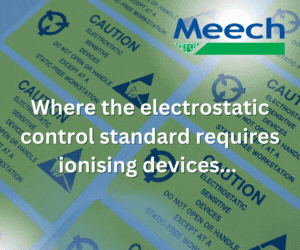Disinfectant residues impact many areas of the cleanroom. Additionally, increasing regulatory demands around residues mean life sciences cleanroom managers need to have a residue management strategy in place for their facilities.
Both Annex 1 and Eudralex Annex 15 require that a cleaning process should be validated to ensure the removal of residues and any subsequent consequences from them, e.g. the effect on environmental monitoring results or disinfectant, as applied. However, the challenge for any manufacturer is how to accurately quantify residue levels.
Ecolab Life Sciences has developed a unique method for residue measurement and comparison, including visual appearance, Residue on Evaporation (RoE) and residue accumulation. This three-phase approach clearly demonstrates the differences between different products on both first and multiple further applications.
In order to minimise residues and their build-up, Ecolab Life Sciences’ range of low residue products offer cleanroom managers a less disruptive approach to controlling residues as part of the cleaning and disinfection process.
This approach is designed to improve:
- Product quality
- Productivity, ensuring less time is spent on the disinfection process and associated SOPs
- Employee health and safety, meaning less chance of slips and trips on floors from residue build up
- Total process cost reduction
- Compliance, with reduced likelihood of inspectors' citations
- Regulatory challenges, reducing the chances of an inspection or shut down
James Tucker, Ecolab's Senior Marketing Manager for Global Innovation, concludes: "We have developed a range of low residue products which are proven to reduce residues on both initial application and on repeated applications. Klercide Low Residue Quat, for example, can be applied up to 10 times with less residue accumulation than even one application of other standard disinfectants."
Ecolab has released a time-lapse video comparing Klercide Low Residue Quat with a phenolic disinfectant. Watch the video now.





